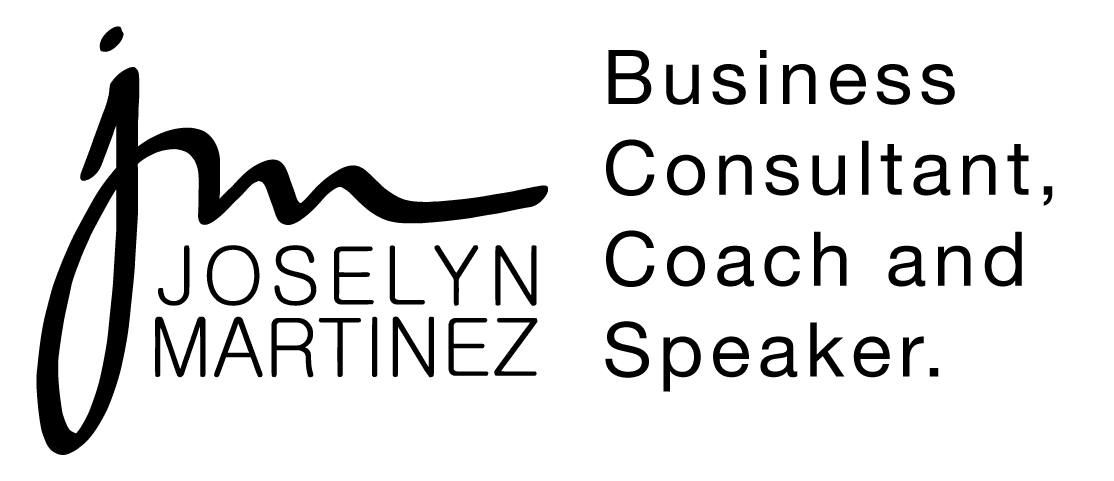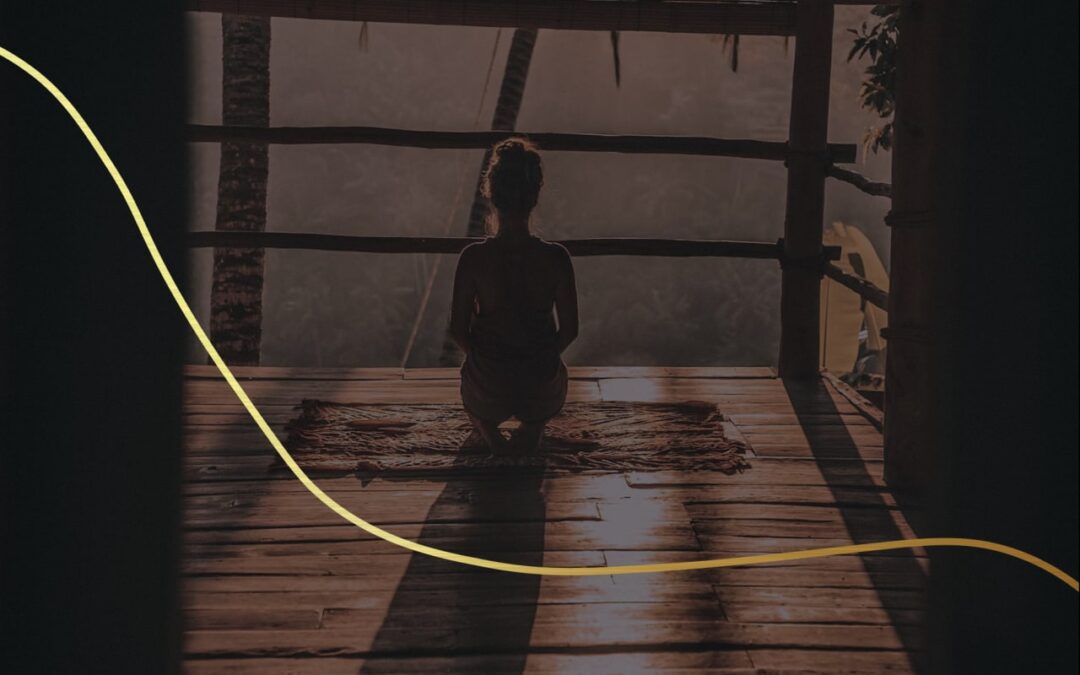How to Find and Overcome Limiting Beliefs.
It’s one of those things I wished I had figured out sooner: how to identify limiting beliefs. You know, those thoughts. The ones that routinely acted as vehicles for self-sabotage and kept the things I desired from falling harmoniously into my life. Basically, whenever I said something like:
- I’ll never be fully happy.
- I’m not a businesswoman.
- I’m not good at math.
- I’ll never be a great driver (though I joke, some might still believe that to be true).
- I never have enough money, and there’s always a problem.
- There are no good men.
- You can’t trust anyone.
- I’m too lazy.
Sound familiar? Based on careful observation over the last several years, I know I’m not the only one who has a tendency to fall victim to this pattern of negative—and often dangerous—way of thinking. We can have limiting beliefs in any area of our lives and, in extreme cases, this creates a negative outlook on pretty much everything. Some of you reading this may recognize these joy-suckers by the name cognitive distortions—misguided ideas that get planted in our heads from a variety of outside sources: past experiences such as education, upbringing, culture, personality traits, and values. I wondered, why is this an area of life that seems impossible to overcome? I then set out to examine these limiting beliefs as a pocket of human nature that drives us; part of what makes us tick.
Ultimately, I realized that if we can play the it’s-just-no-good-and-it-never-will-be-game and win, then a life centered around healthy self-esteem and the confidence to walk the path that was always stretched out before us won’t be far behind.
What is a limiting belief?
Not surprisingly, a limiting belief is just that: a belief that limits the way you view the world—thereby limiting your potential. These are the things you have come to believe are true about you, society, or how the world works.
Those beliefs convince our minds that something that isn’t true (can’t be proven) is, indeed, a fact. Such cognitive distortions reinforce negative thoughts, which, as Positive Psychology points out, become stronger with time, eventually gaining the power to sink you into a hole of anxiety and depression. I certainly wouldn’t sign up to live a life of negativity and discontent, and I refuse to believe any of us intentionally do. That being said, there are specific, research-based action steps we can take when clouds of cognitive distortion start to creep in.
Why do we create limiting beliefs?
Funnily enough, limiting beliefs are there to protect us or at least try to. The human brain is wired to make connections between past and current experiences as an intelligent and efficient way of conserving the brain’s much-needed energy.
Think of all the times you routinely drove or took public transportation to work or a class. You often don’t remember the exact moment you took your house keys before leaving your place or if you took them with you. Some days you can’t remember if you locked the door to your home before leaving. Others, you may wonder, did I leave the stove on? Or my least favorite: did I apply deodorant? Why can’t we remember things that we just did? It’s because, for these habitual tasks, the brain works on autopilot. It’s one of our incredible human powers.
Imagine putting great thought into getting our keys, counting every step we take to get to the stove and thinking about turning the knob to the off position, and walking back every step while taking in every nook and cranny on every wall…you get the point. Our subconscious mind knows the drill, and it will use past experiences to lead us in the same direction all the time so that we don’t have to waste our energy on those simple tasks and save it for other activities needed to conduct our day.
In this way, a cascade of limiting beliefs can attach themselves to the part of our brain that operates on autopilot. But. As the brain makes connections between seemingly mindless habitual tasks, so will it make connections based on life experiences, to prevent us from experiencing pain or walking into danger. Not only will the brain protect us from danger by keeping us from experiencing the feeling of past pain and giving us a certain sense of safety, it will deter us from venturing into unknown territory, which is often flagged by the brain as dangerous in order to keep us safe. Doing something differently, even if the possibility may be a more positive and beneficial outcome, is not always an attractive option when we face these negative thoughts. So, while these survival mechanisms exist with good reason, they can cause us to hold on to thoughts that do not serve us and where we are going on our journey.
Identify your limiting beliefs.
Limiting beliefs are often subconscious, so it may be difficult for you to recognize them if they’re not playing as a movie in your mind’s eye. Similar to the very personal examples I shared in the introduction, here are more examples of the types of thoughts that could mean someone has limiting beliefs (some you may even recognize!):
- I’m too old.
- It’s too late.
- I don’t know what I want.
- I’m too poor.
- I lack money and resources.
- I’m too fat or too skinny…too tall or too short.
- I’m not smart enough.
- I’m not popular enough.
- I’m not connected enough.
- I don’t have time for myself.
- There’s never enough time.
- Others are in my way.
- It’s never worked before.
- I can’t start now because I am not ready.
- I’m too dumb.
- Money doesn’t grow on trees.
As Healthline reports, “When you realize a thought is causing anxiety or dampening your mood, a good first step is to figure out what kind of distorted thinking is taking place.” Recognizing these vicious, self-sabotaging thoughts is the first step in both challenging and replacing them with positive thoughts grounded in self-love.
Your limiting beliefs may not be based on reality.
Sitting with our thoughts is one way to lace up your boots and prepare to battle those negative thoughts swimming around your subconscious. Thinking breeds questioning, and there are key questions we can ask to reframe or filter what, let’s face it, can sometimes be nonsensical thoughts.
What are your thoughts on a particular situation? Are you making assumptions about things you, yourself have not experienced? Even if you have experienced something negative after taking a particular action, can you say that the outcome will always be the same? Can you call your belief a fact?
Question your way to a healthy mindset.
You can use this technique to examine the evidence for and against your belief:
1. Become aware. Ask yourself: what am I thinking?
2. Analyze patterns. Ask yourself: why do I think this way? what story am I believing or have believed?
3. Confront your beliefs. Ask yourself: is this thought true? where is the evidence that this is always true?
If it isn’t always true, it isn’t a fact.
Finally, what would it look like if my life was full of positivity and optimism? This question will help bring into focus what kind of person you want to become—and why certain beliefs need to be changed so that can happen.
You have more power than you think
Here’s a fun fact: We can grow new brain cells. We can change. We can become smarter and more creative. To lead a more fulfilling life, we need to challenge our brains. If we’d like to reach other levels of success, happiness, well-being, or positivity, we must examine our thoughts for limiting beliefs.
If you can begin the task of recognizing your negative thinking patterns and automated rationalizations, then you will unlock the door to diminishing negative habits and replacing them with more rational, balanced thinking.
Our emotional brain declines if we are filled with negative thoughts and no zest for life. Our brains can sometimes halt the release of dopamine (the happy hormone) out of fear of failure or judgment—this can lead to depression.
We won’t always be able to control what happens to us, but we will be able to control our thinking.
Interested in taking the next step on this journey? Sign up for my course Modern Woman Mastermind Course! If the course cart is open you will find the details on how to sign up or you will be prompted to join the waitlist for the next opening.


